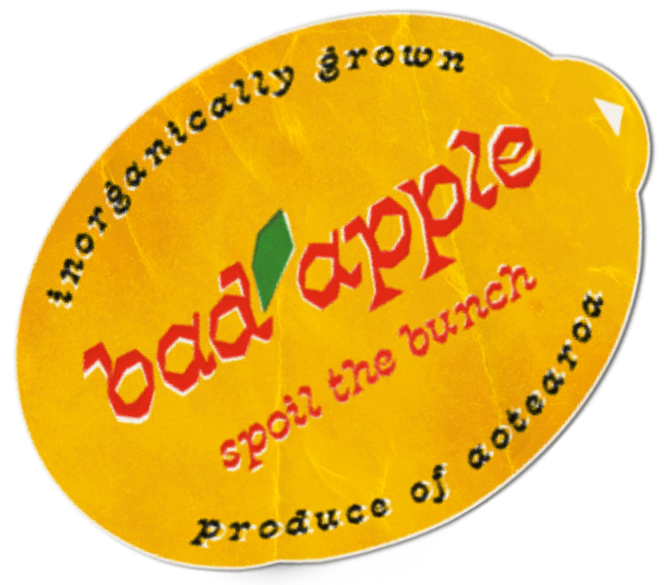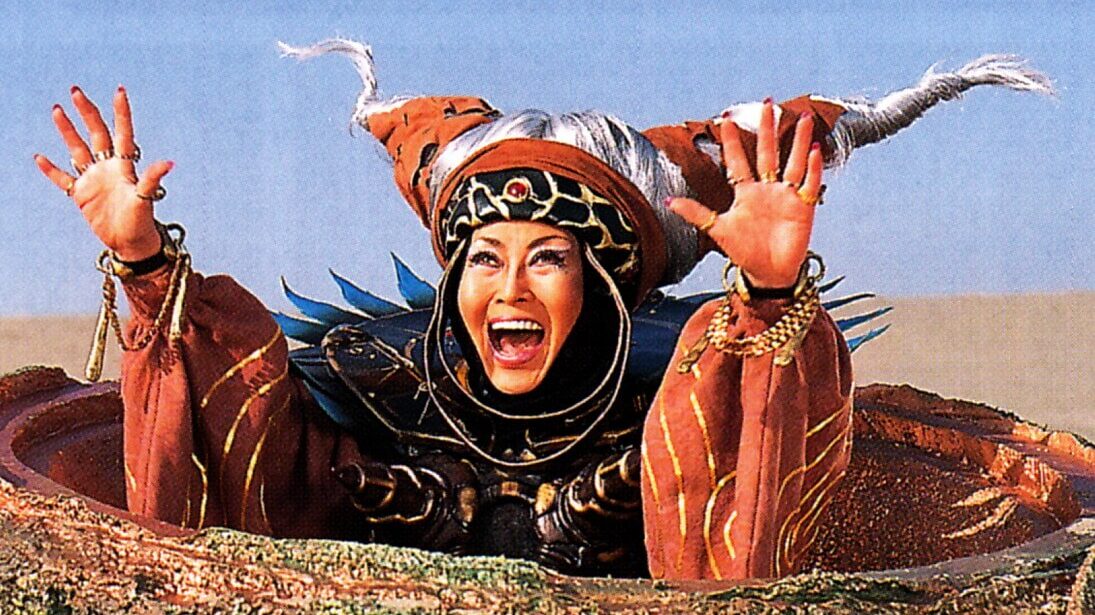My boyfriend and I are currently playing Stardew Valley co-op. It’s a lovely little time together as we’re currently long-distance, so getting to potter around a little homestead makes up for things we don’t really get to enjoy together now. It’s fun and nice but when we’re not playing that, I’m probably playing Total War: Warhammer 3 as Archaon the Everchosen, the ‘Herald of the Apocalypse’ and the ‘Lord of the End Times.’ My boyfriend isn’t the biggest gamer, but I am and I know a lot of you are too because I’m on AO3 and I see those tags. However, something I keep hearing from my friends when Picrews or DnD class quizzes show up is those two confining words; Chaotic Good. I get it, I know what life is like and I understand when you’re out there with your friends Varric and Merrill you wanna be someone cool and attractive—a dashing rogue that people love.
You don’t have to though, you have options. Evil options.
We’re attracted to bad guys. Don’t try to deny it, I saw the same 9ft tall vampire you did and as I said before, I’m on AO3. I don’t have the scope in this piece to talk about the deep history behind queer-coded villains in stage and theatre or the social impacts it’s had but I have a feeling readers of this publication have some familiarity with that already. Nor am I going to deep dive into teratophilia, bondage, leather/latex kink underground aspects of villain fashion and design, as much as I’d love to. This piece is just to take you, dear Player Character, by the hand and say, “Hey, you can [Evil Option] that dude.”
The most familiar place for this is the common Bioware roleplaying games of the past decades (Count em, 2. Yikes.) Dragon Age, Mass Effect, Knights of the Old Republic, Neverwinter Nights and the non-Bioware made contemporaries. These games often provided material benefits for having your party members like you so actively being an asshole to them wasn’t just an emotional barrier but a strategic one. A fight between Miranda and Jack in Mass Effect 2 where the best outcome was locked behind relationship goals for one example. There are additional powers and options you could unlock by being nice to your party in Dragon Age and notoriously your ability to Bone Down is restricted to acquiring good boy points with your chosen paramour. These things naturally guide you into playing a role that suits your goals and gives you a comfortable space to inhabit in these games. I’ve also heard many times from many of my friends that they feel genuine apprehension about doing bad things in games. This is entirely normal and perfectly reasonable. We don’t want to do bad things, it sucks to see somebody hurt or in pain. It makes us feel upset to cause problems.
Except when it’s funny.
Bioware doesn’t have a monopoly on RPGs and there exists a world of wonderful opportunities out there to stretch those nasty little fingers.
Overlord was a series of games made in the late 2000s by Triumph Studios and written by one Rhianna Pratchett. In it, you played a voiceless Dark Lord who used a horde of goblin-like minions to wreak havoc and terrorize a fantasy world of ridiculous peasants, elves, and dwarves.
Fable by Lionhead Studios and steered by Peter Molyneux presented a similar kind of fantasy world where the overarching morality of the universe veered into the decidedly more silly. These games let you revel in evil deeds because they created an atmosphere of camp hilarity that softened the emotional strain that setting a chicken on fire usually carries with it. Much like the kind of slapstick chaos that the addition of ‘The Muppets’ does to the front of a movie title.
It’s this sense of absurd fun that really lets us cut loose in video games. Those of us that have played Elder Scrolls games know the shriek of delight we made when getting hit by a giant made us shoot up into the atmosphere like a rocket or the desire to stop and beatbox as a corpse ragdoll jitters around inside a table with an almighty racket. This same delight in chaos can be replicated when you embrace your inner Lord Zedd or Rita Repulsa in any game because it’s not really about being evil for evil’s sake, it’s about being camp for camp’s sake. I feel like I have to reference a more recent form of this in ‘Goblin Mode’. Being a big, camp, Skeletor villain and going ‘Goblin Mode’ are distinctly different sides to the coin but both exhibit a similar role or desire. That is to unshackle yourself from tradition and social mores and to waltz (or scurry) around like you own the place, which in your video game you literally do.
That’s the key to playing the bad guy. The style, the fashion and the gravitas of it. In Knights of the Old Republic 2, you could corrupt your squad mates to the Dark Side and you know how that was displayed? Of course you do, it was black lipstick and eyeliner. You absolutely love to see it. Black clothes, leather straps, heavy armour, spikes everywhere. Masters of the Universe chic. Being the bad guy has always been cooler and it’s part of our DNA. Why should the actual villain get to have all the cool stuff? Getting to Force Lightning those guys off a ledge while you cackle with glee is just the bonus. So that’s what I want to present to you, dear reader. I want you to embrace the bad guys that gave us so much. Throw away the ‘realistic’ armour and strap on that titty-cup corset, pull up those 6-inch heels and embrace your own gay villainy.



